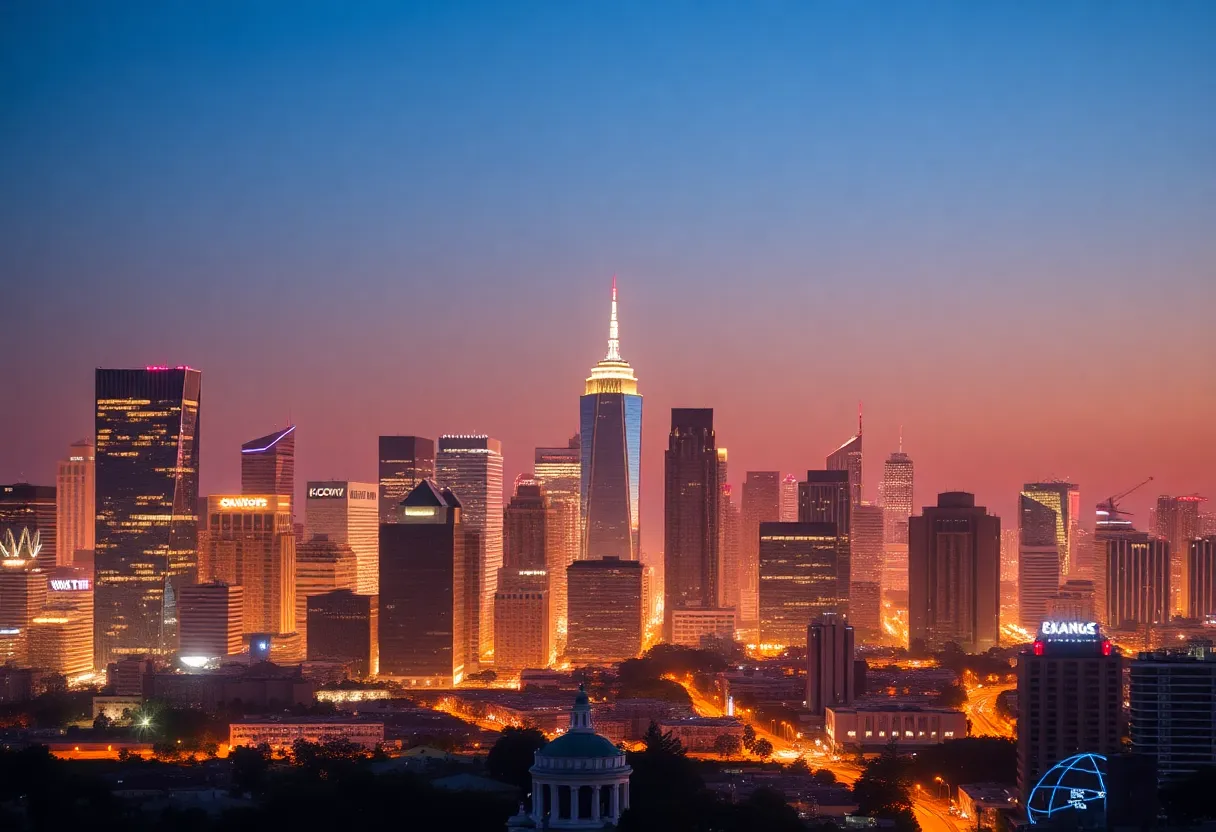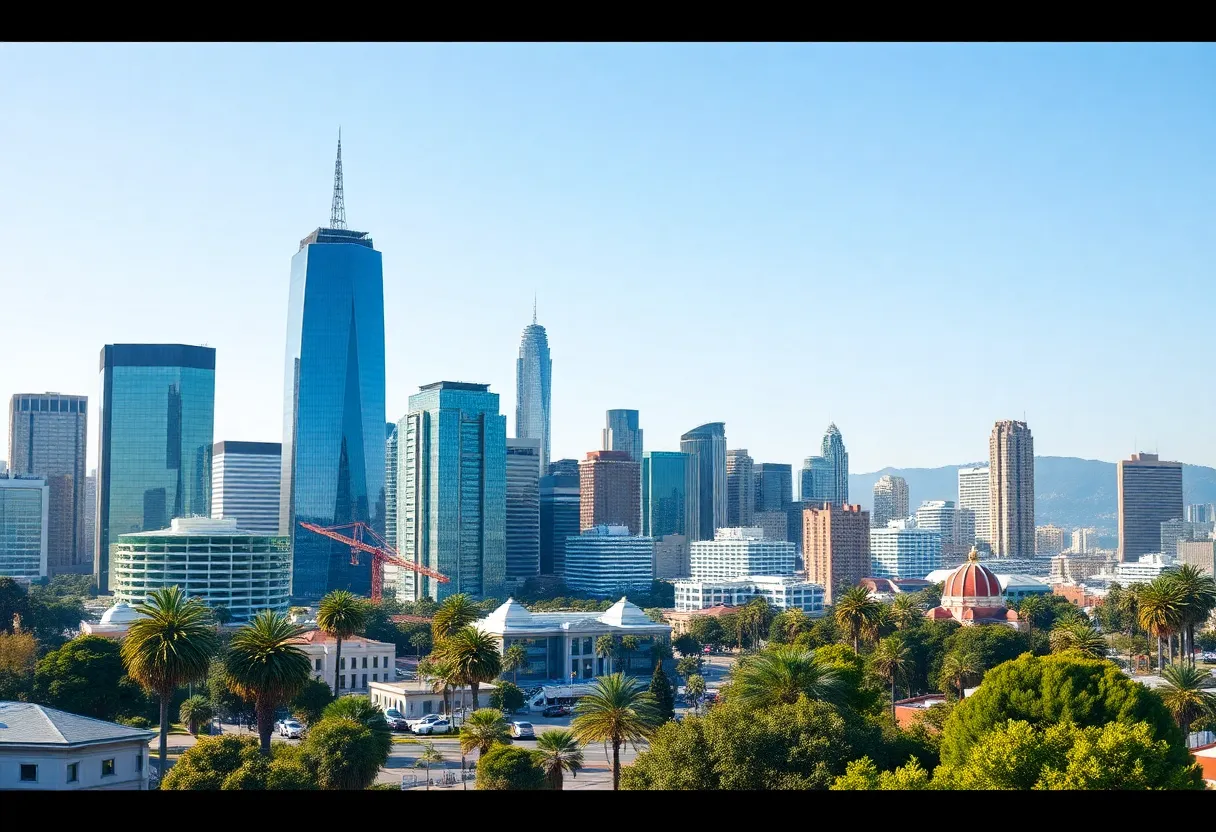News Summary
The San Diego dance community is grappling with major financial challenges, as proposed budget cuts threaten to impact local arts organizations. Mayor Todd Gloria’s suggestion of a 10% cut in arts funding has raised concerns about the sustainability of dance productions and programs. Leaders from various dance companies are voicing their worries, as competition for funding intensifies. This situation not only affects operational costs but also the diversity and accessibility of the local arts scene. Despite these hurdles, community efforts continue to highlight resourcefulness in maintaining San Diego’s cultural spirit.
San Diego Dance Community Faces Financial Struggles Amid Proposed Budget Cuts and Staffing Challenges
San Diego, a city known for its vibrant arts scene, is currently holding its breath as the dance community confronts some pretty tough challenges. With popular productions like The Nutcracker, Trolley Dances, and Ghost Light Masquerade captivating audiences, the stakes have never been higher.
The Financial Landscape
At the forefront of these challenges is a recent proposal by Mayor Todd Gloria suggesting a 10% cut to the arts funding. This is raising red flags all around as many local organizations rely heavily on these funds to keep their doors open and programs running. The effects of such cuts aren’t just limited to organizational budgets; it has a trickle-down effect that could diminish the number of professional dance productions and put a squeeze on technically skilled dancers.
As the National Endowment for the Arts has decided to no longer accept applicants who are focused on Diversity, Equity, and Inclusion (DEI) related programs, organizations that place importance on these fundamental aspects may find themselves even more constrained.
Voices of Concern
Leaders from various local dance companies are stepping forward, voicing their deep concern over the potential implications of these funding cuts. The ripple effect of decreased federal support seems alarming, especially for smaller organizations that rely on grants. Funding from local foundations and individual philanthropists is now seen as a lifeline for many.
To compound this issue, competition for the limited operating support grants is fierce. Many organizations are struggling to secure *unrestricted funding* for operational costs, which has created a challenging environment for dancers and artists trying to make a living.
The Cost of Creativity
The financial pressures don’t stop at funding; they extend into the very places where dance is created. The cost of studio rentals at Dance Place ranges widely, from $5,000 to $10,000 per month. And let’s not forget about the cost of renting professional theater space for performances—this runs into the tens of thousands, costing between $20,000 and $35,000 per day. Such steep costs are leading many ballet companies to rethink their scheduling and casting decisions, which adds another layer of complexity.
To keep the spirit of dance alive, artists are being pushed to adapt their operations in response to these increased production costs and workforce limitations. It’s a period of adjustment that could change the way they operate for the long haul.
The Broader Arts Community
A big selling point for San Diego’s arts community is its rich diversity. The participation from various demographics and cultural backgrounds must not be overlooked. The upcoming events, like the casino night fundraiser at Origin Hip Hop Academy, aim to raise funds to help dancers compete abroad, highlighting the community’s resourcefulness in trying to overcome hurdles.
Just recently, sixteen San Diego County arts organizations were awarded a total of $305,000 in grants to support a variety of art forms. This funding will go toward theater workshops, arts career development, and even children’s opera programs. These grants are essential for sustaining the arts landscape in San Diego, which is why they’re celebrated by many.
In an impressive show of encouragement, the WorldBeat Cultural Center secured a $100,000 grant from the Conrad Prebys Foundation to make arts education more accessible to everyone in the community.
The Path Forward
Overall, it’s clear that the San Diego arts community is in a time of need. With a total of $5.7 million allocated towards making arts more inclusive and accessible, there is hope on the horizon. However, the challenges remain significant. As the city navigates through these financial struggles, it’s more important than ever that everyone comes together to preserve and promote the unique cultural contributions of the dance community.
Although the situation seems daunting, the relentless spirit of San Diego’s dancers and artists shines through. They are committed to keeping the rhythm alive even in the face of adversity.
Deeper Dive: News & Info About This Topic
HERE Resources
Coronado Middle School Launches First Esports Team
Coronado Middle School Launches New Esports Club
San Diego Leaders Address Tariff Challenges in D.C.
San Diego’s Major Donation Transforming STEM Education
San Diego County Faces $40 Million Federal Funding Cuts
San Diego County Faces $40 Million Public Health Funding Cut
Attendance Rates Hit Hard in Coronado Schools: The Dollars Behind Attendance
Coronado Faces Financial Strain Due to Attendance Issues
Coronado Honors Exceptional Employees at CUSD Board Meeting
Additional Resources
- San Diego Union-Tribune: Tight Finances Have San Diego’s Stretched Dance Community on Its Toes
- 10News: Black-Owned Dance Studio Seeks Funds to Send Students to International Hip-Hop Competition
- NBC San Diego: NBCUniversal Local Impact Grants 2025 Applications
- San Diego Union-Tribune: NEA Announces $3.68 Million in Funding Nationwide
- NBC San Diego: San Diego’s Arts & Culture Scene Secured $6M Boost







